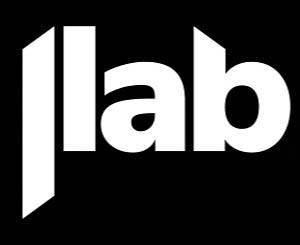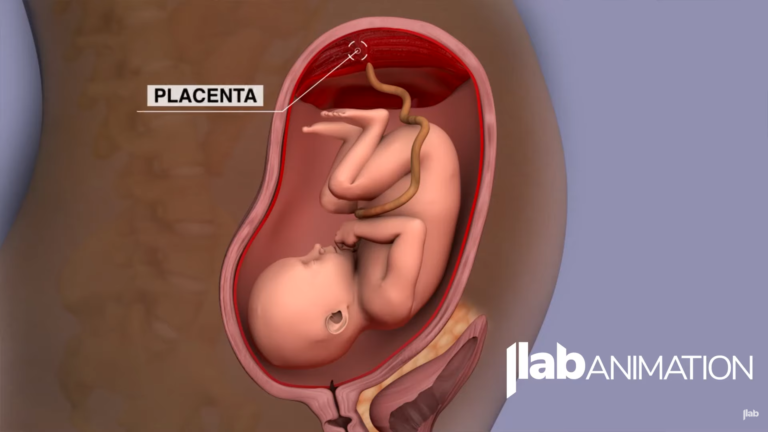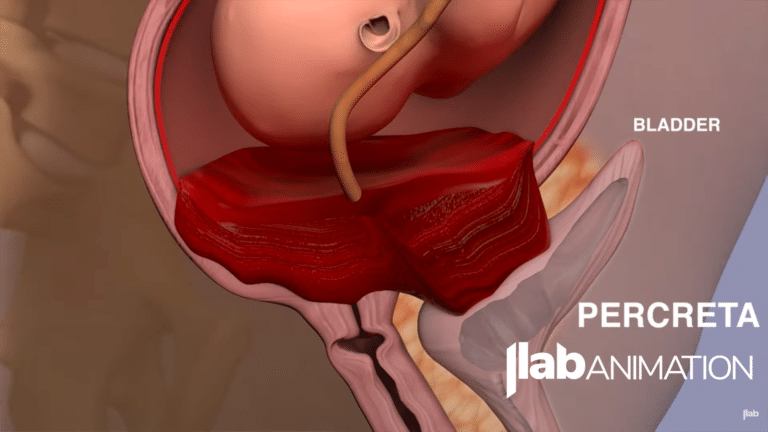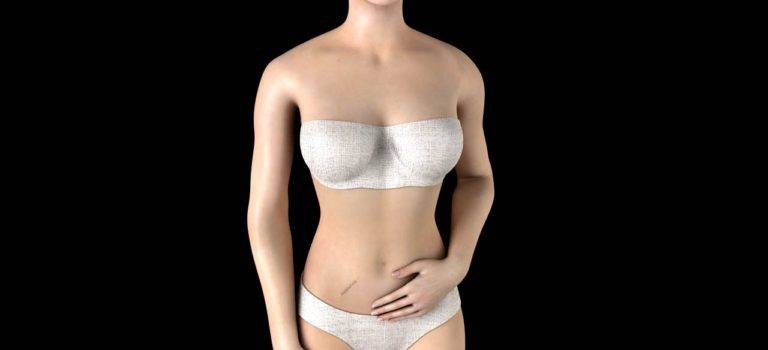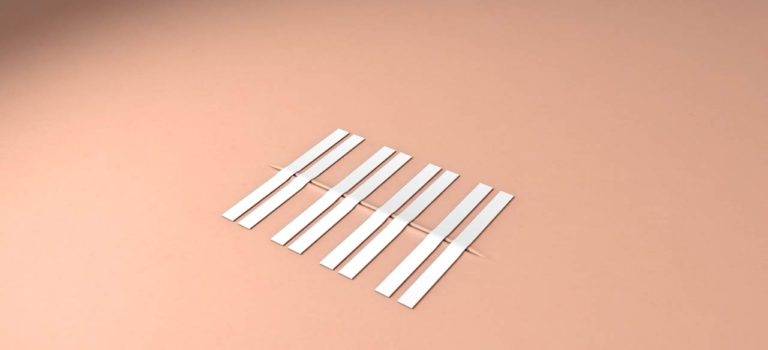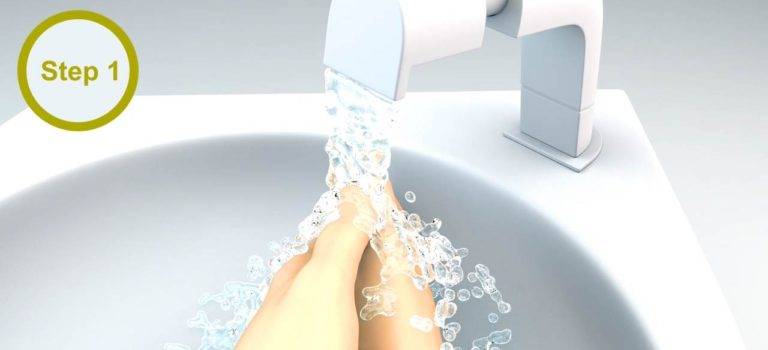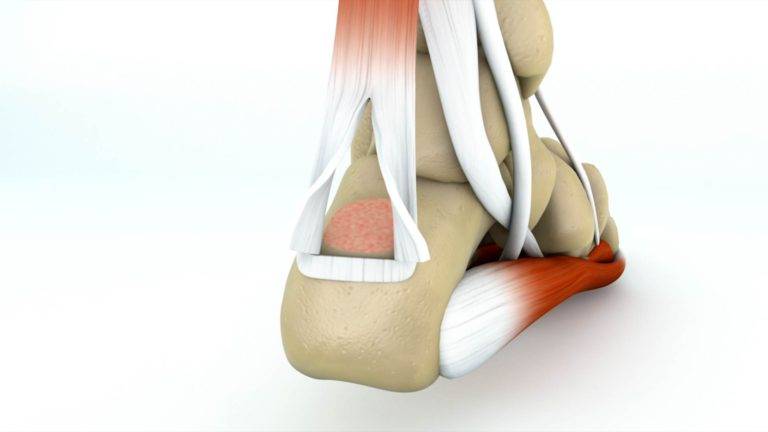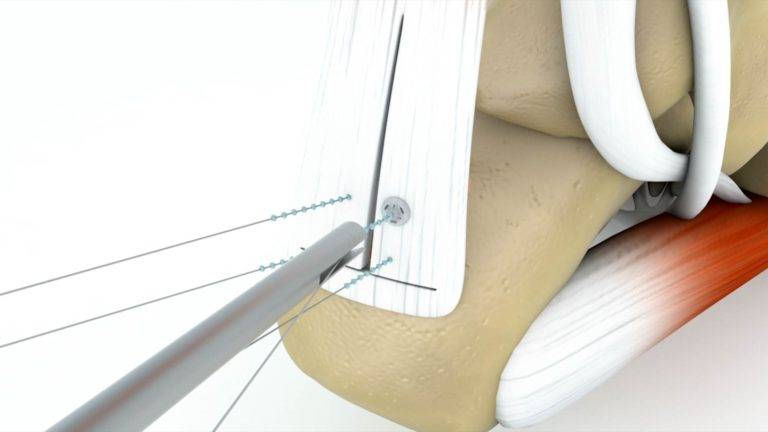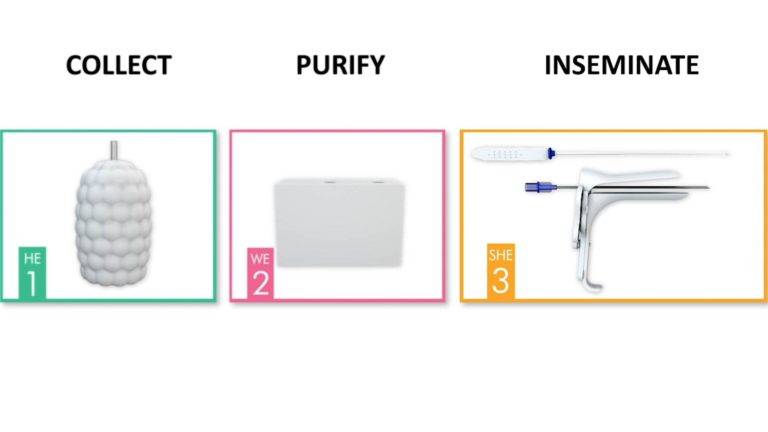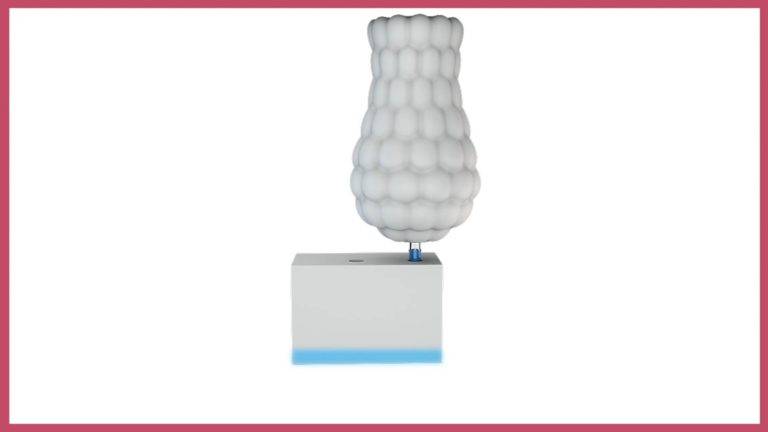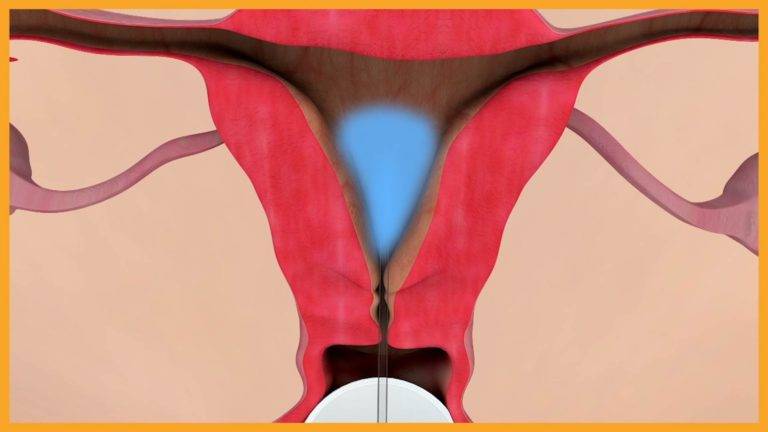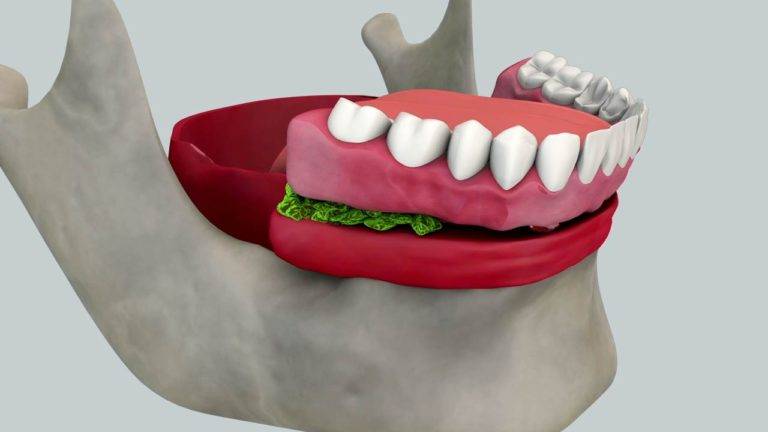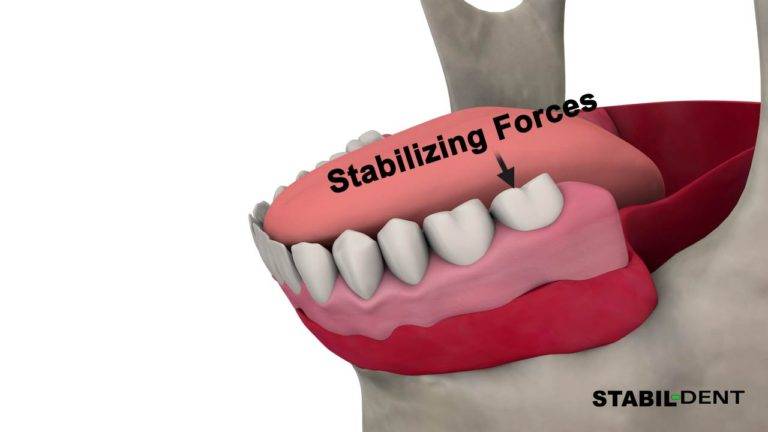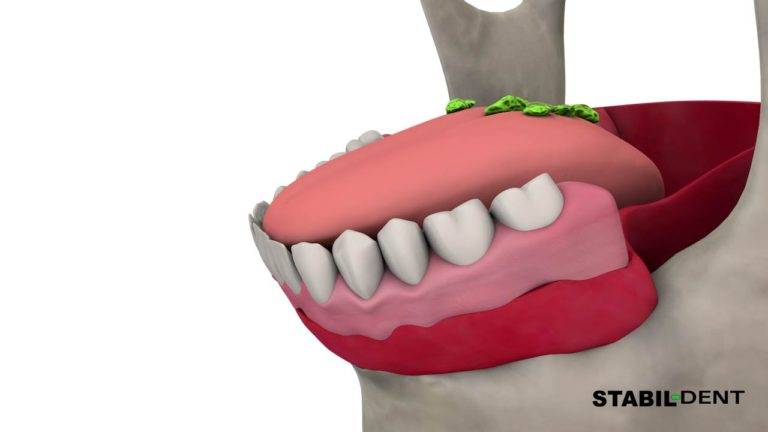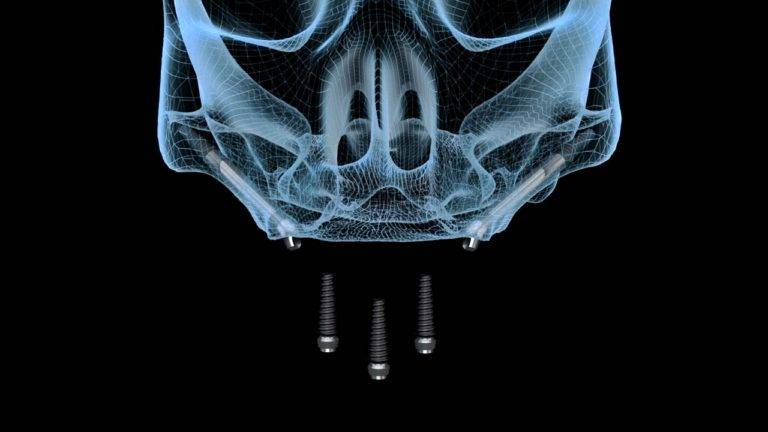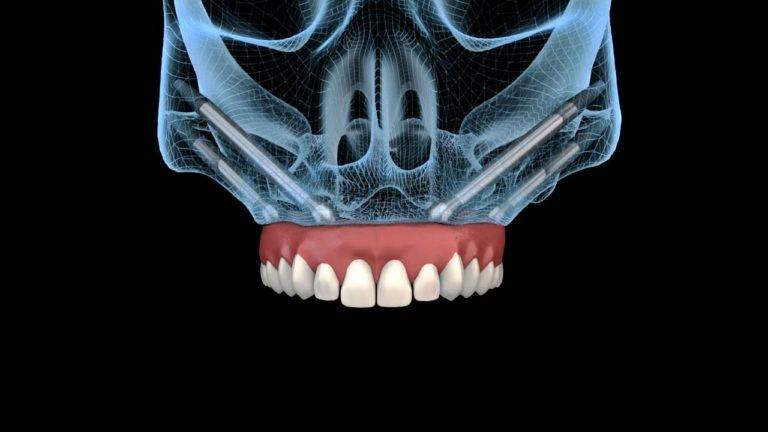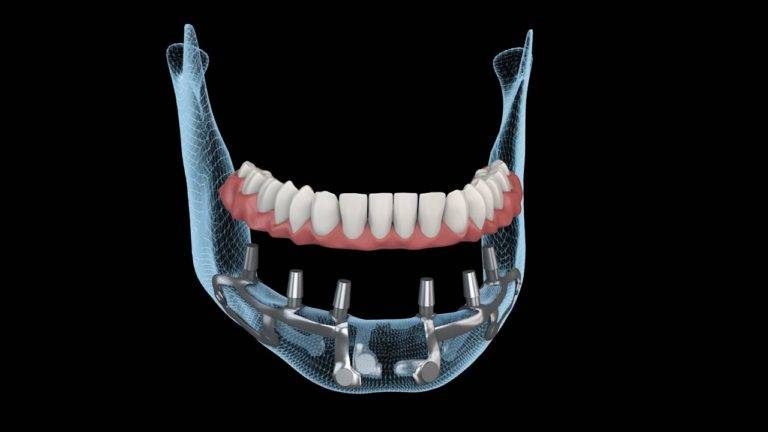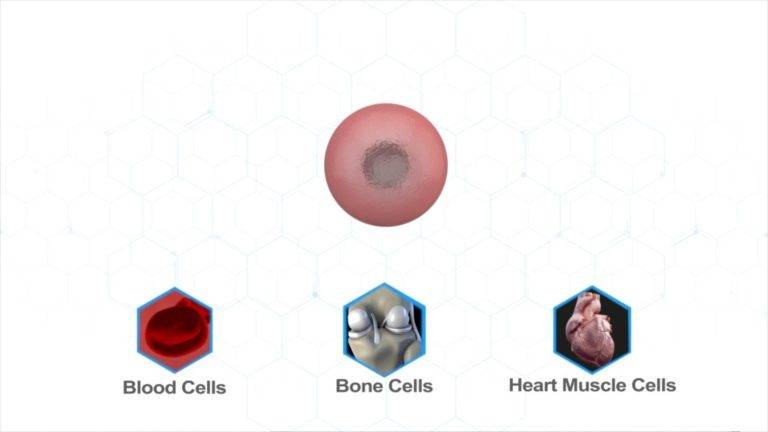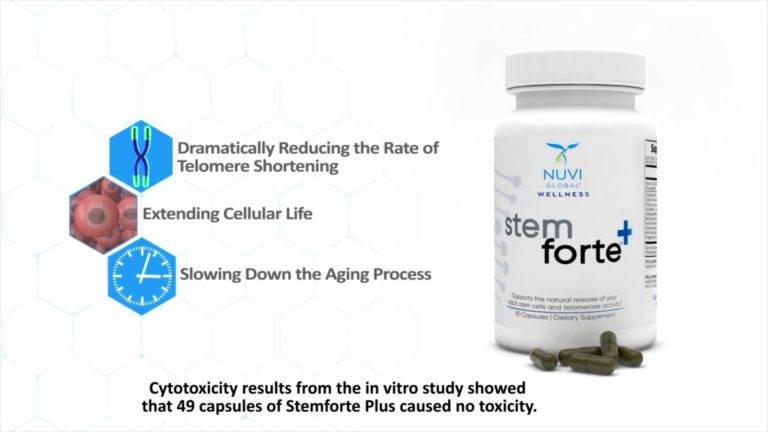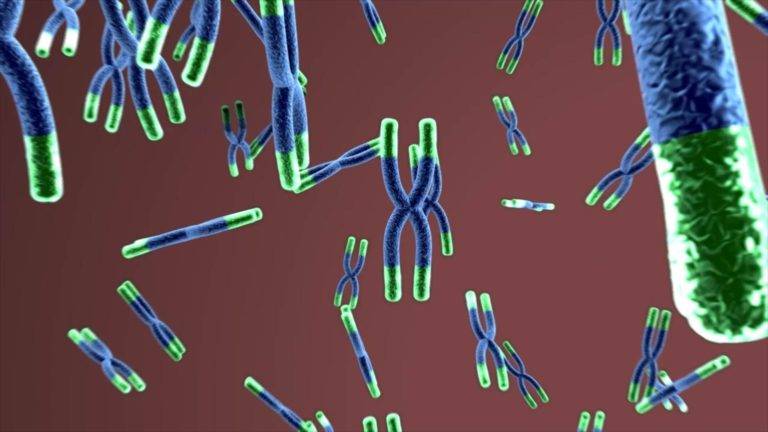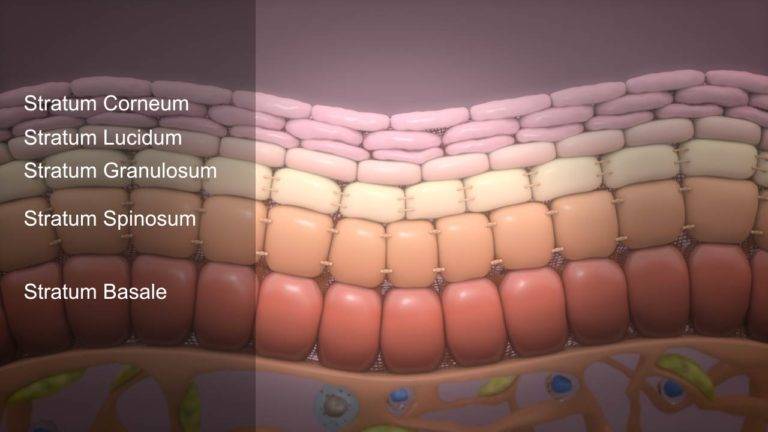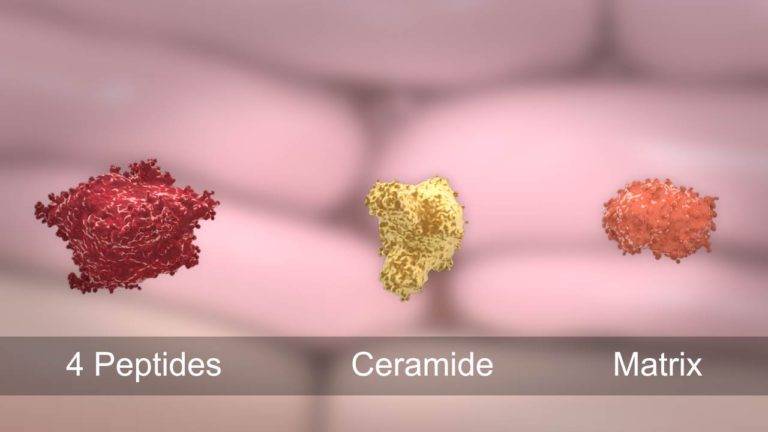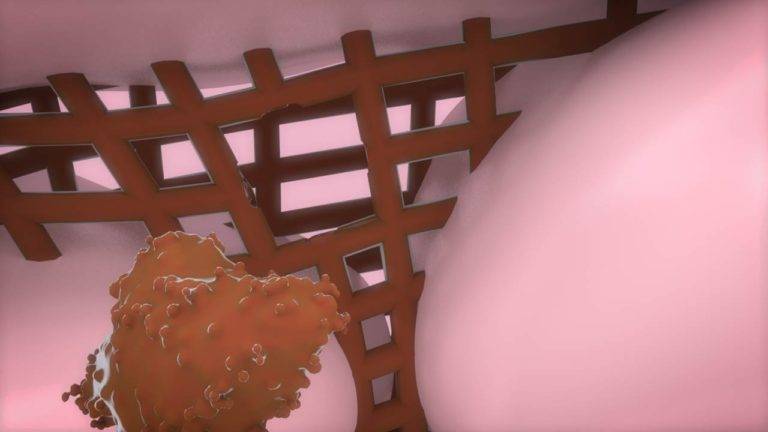In the ever-evolving landscape of digital marketing, staying ahead of the competition means embracing new technologies and trends. One such trend is the use of 3D images and videos. At Jlab Animation, we’ve seen firsthand how these immersive visual elements can enhance user experience and significantly boost SEO efforts. Let’s explore how incorporating 3D media into your website can impact your Google ranking.
Google’s algorithms prioritize user experience and content relevance. 3D images and videos can enhance these aspects by providing visually appealing and interactive content. High-quality 3D visuals can increase user engagement, reduce bounce rates, and extend the time visitors spend on your site—factors that can positively impact your ranking.
By staying at the forefront of digital trends and continuously enhancing your website with 3D content, you can ensure that your business remains competitive in the ever-changing digital landscape. Embrace the power of 3D images and videos today, and watch your Google ranking soar.
Moreover, properly optimized 3D content can contribute to better SEO performance. Using descriptive file names, alt text, and appropriate metadata ensures that Google’s crawlers understand and index your content correctly. This optimization can lead to higher visibility and improved ranking potential.
However, it’s crucial to balance the use of 3D images and videos with page load speed. Heavy files can slow down your site, which can negatively affect user experience and, consequently, your ranking. Implementing techniques like compression and lazy loading can help maintain a good balance.
Reducing Bounce Rates
3D animations and videos can make your content more engaging and informative, reducing the likelihood that visitors will leave your site prematurely.
Improving User Experience
Google’s algorithm prioritizes websites that offer a superior user experience. 3D images and videos provide an interactive and engaging experience, making complex information easier to understand. This improved user experience can lead to higher rankings as Google aims to serve the best content to its users.

Increasing Social Shares
Content that includes 3D images and videos is more likely to be shared on social media platforms. Increased social sharing can drive more traffic to your site, enhancing your visibility and authority. Google considers social signals as part of its ranking algorithm, so the more your content is shared, the better your chances of ranking higher.
Boosting Mobile Optimization
3D images and videos can enhance the mobile browsing experience, making your content more appealing to users on smartphones and tablets. Google rewards mobile-friendly websites with higher rankings, so integrating 3D media can give you an edge in mobile search results.
Enhancing Visual Search Capabilities
Visual search is an emerging trend where users search using images rather than text. Incorporating 3D images into your website can improve your visibility in visual search results. As visual search technology advances, having rich, interactive 3D content can help you stay ahead of the curve and capture more organic traffic.
Conclusion
Incorporating 3D images and videos into your website is more than just a visual upgrade. It’s a strategic move that can significantly enhance user engagement, reduce bounce rates, improve user experience, increase social shares, boost mobile optimization, and enhance visual search capabilities. At Jlab Animation, we are committed to helping you leverage these innovative tools to improve your Google ranking and achieve your digital marketing goals.

